Best Places to Visit in Canada

Searching for the best places to visit in Canada? Well, you are in the right place! Canada is a country of vast landscapes, vibrant cities, and rich cultural experiences, making it one of the most rewarding destinations to explore. Having traveled through its coasts, mountains, and lively urban centers on a recent four week road trip, I’ve found that Canada offers an incredible mix of natural wonders, history, and modern charm.
I’ve enjoyed breathtaking national parks with endless trails, world-class cities filled with art and food, and small towns that showcase Canada’s warm hospitality. From outdoor adventures to cultural experiences and family-friendly attractions, Canada has no shortage of unforgettable places to visit and things to do. Here are the ones I recommend, and I think you’ll enjoy them too.
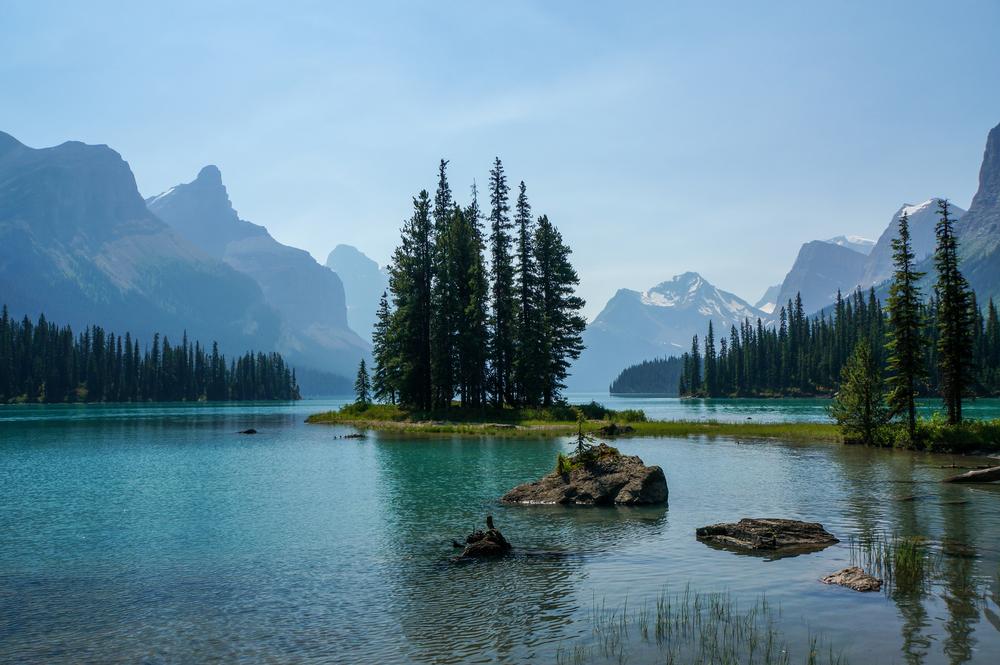
1. Maligne Lake
This is one of the most breathtakingly unspoiled places I’ve ever been, and I think it’s one of the absolute best lake experiences in the Canadian Rockies. Why? You get crystal-clear water, peaceful coves, glacier-fed beauty... In addition, we loved the wonderfully serene atmosphere far removed from crowded resort towns.
I drove an hour from Jasper town and spent four magical days exploring the pristine shoreline by kayak, hiking the Bald Hills for panoramic lake views, and cruising to the world-famous Spirit Island. The calm evenings on Maligne Lake were pure bliss: watching alpenglow dance across glacier peaks while loons called softly across the water.
- Location: In Jasper National Park in the Canadian Rockies of Alberta, southeast of Jasper and along the Maligne River Valley
- Location Map
Staying at the cozy Pyramid Lake Lodge nearby was my personal highlight — my lakeside chalet-style room for two days had a wood-burning fireplace and sweeping views of Pyramid Mountain, and I adored unwinding in their outdoor hot tub after long days of adventure.
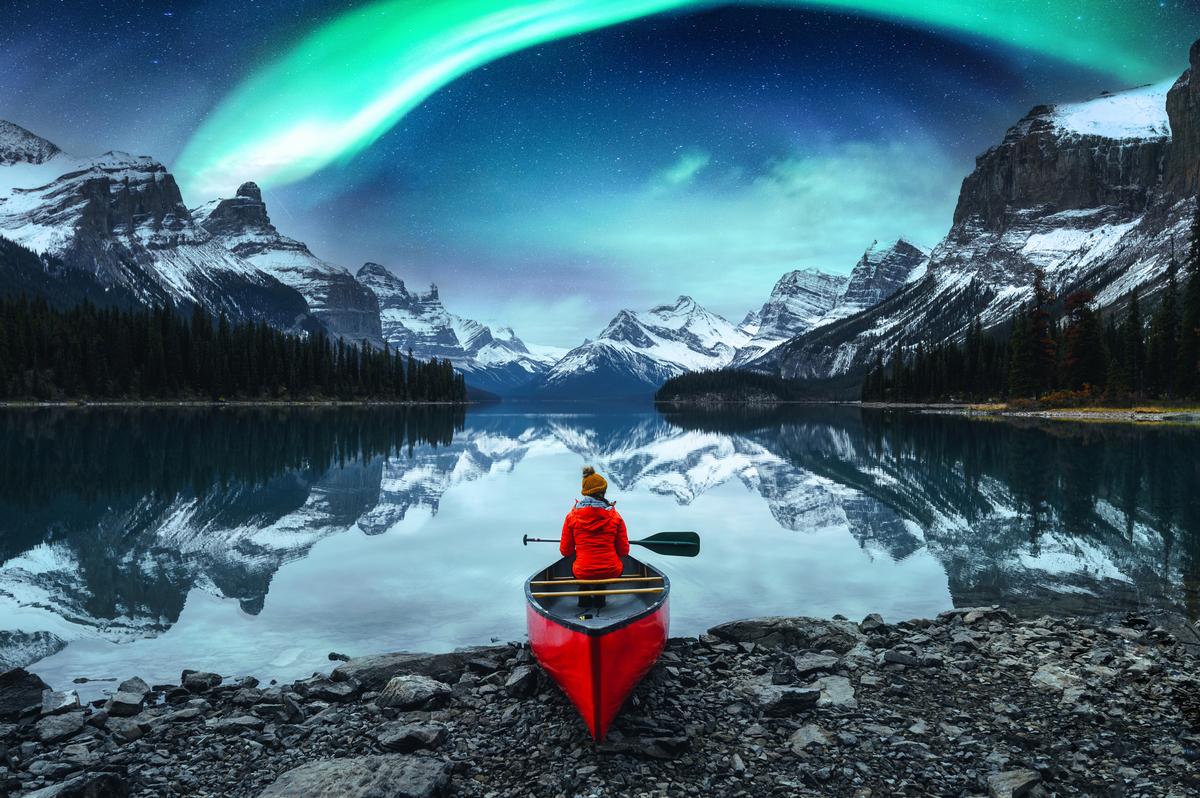
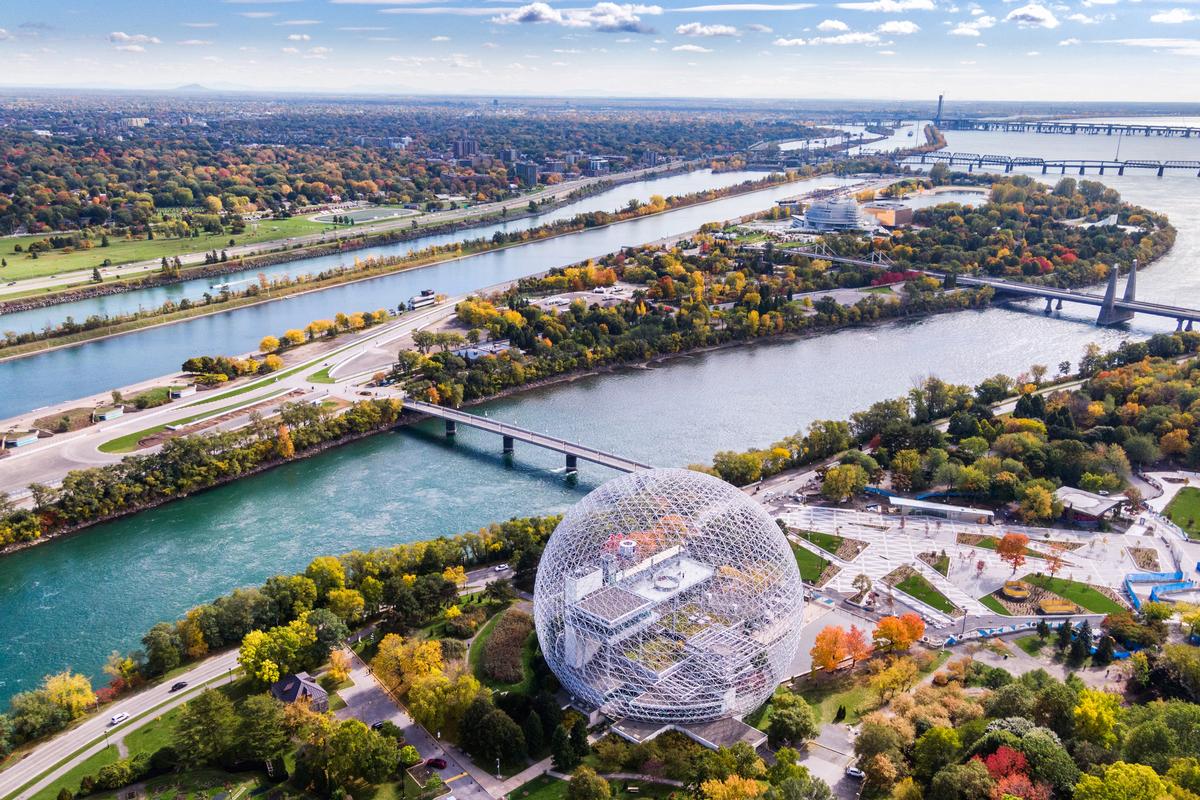
2. Montreal
Ready for a culture-meets-city vacation? Check out Montréal—a real standout! I fell in love with how effortlessly "The City of a Hundred Steeples" blended old-world charm with modern energy — every cobblestone street, mural, and melody felt alive.
I drove up from Boston in just over five hours and spent five unforgettable days in a vacation rental, wandering the romantic lanes of Old Montreal, cycling along the scenic Lachine Canal, savoring poutine and flaky croissants in Le Plateau, and dancing to live music at the world-famous Montreal International Jazz Festival. Warm evenings meant rooftop cocktails with skyline views and spontaneous street performances lighting up the night.
- Location: On the Island of Montréal in the St. Lawrence River in southern Quebec, west of Quebec City and northeast of Ottawa
- Location Map
Staying at the stylish 4-star Hotel Nelligan in Old Montreal for two days was my personal highlight, the way my elegant brick-and-beam room opened onto a private terrace overlooking Notre-Dame Basilica, and I couldn’t get enough of their rooftop bar for sunset drinks!
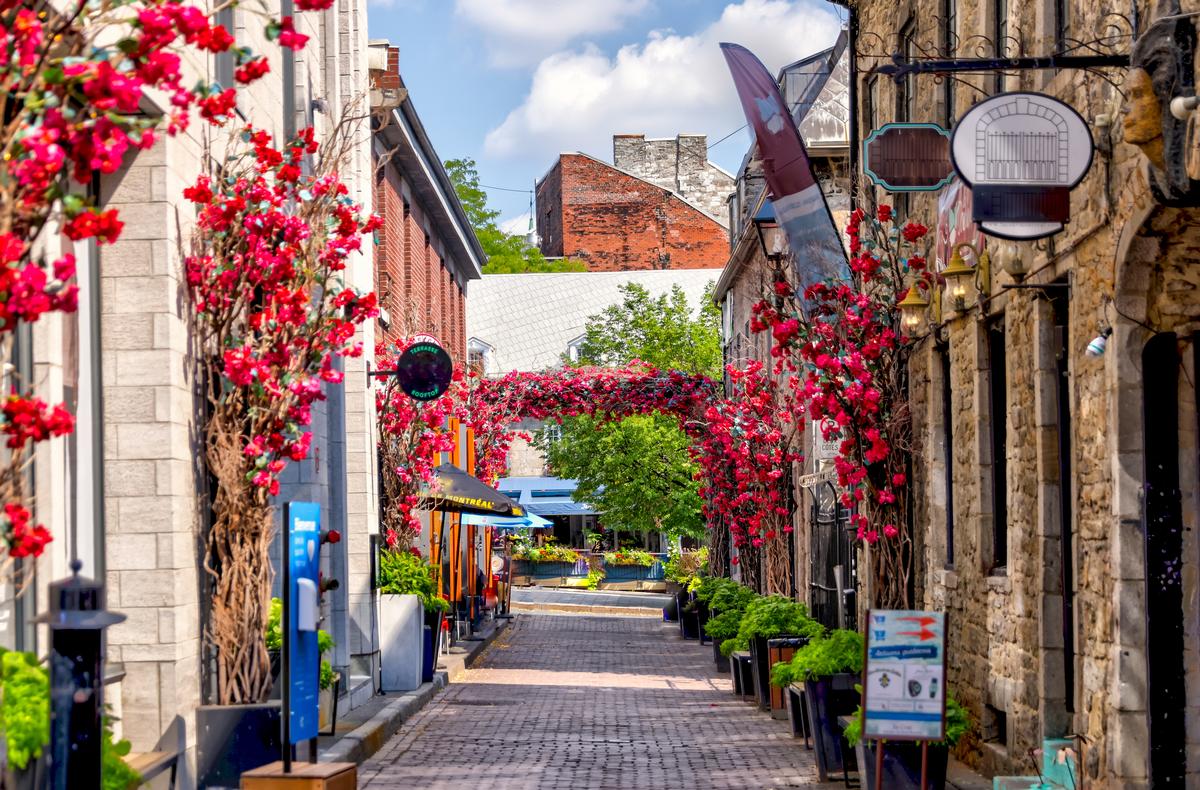

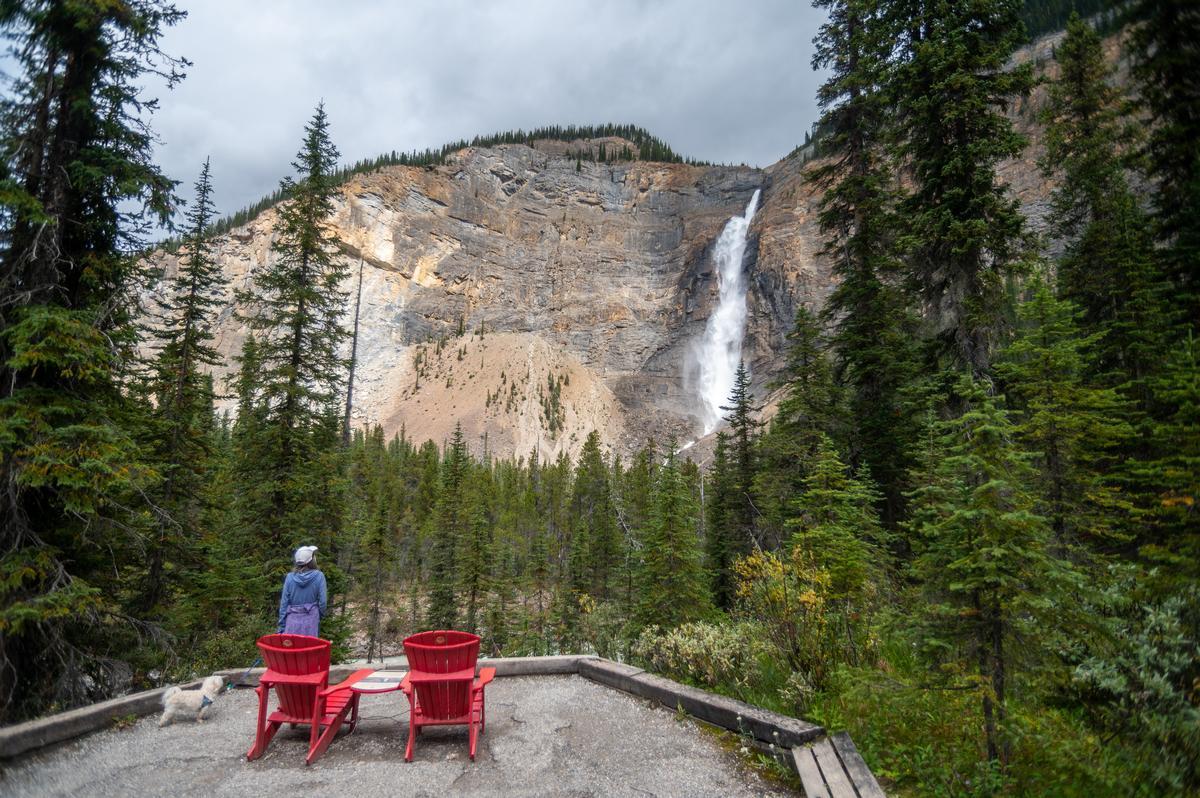
3. Takakkaw Falls
I thought that this was the most dazzling display of nature’s power with roaring water, wildflowers in bloom, and crisp alpine air! I couldn’t get over how the glacier-fed falls thundered down the sheer rock face — over 370 meters of mist and majesty — surrounded by the soaring peaks of the Canadian Rockies.
We drove 13 miles north from Field, BC to Takakkaw Falls (about 30 minutes along Yoho Valley Road, with its tight switchbacks). and spent three incredible days exploring this lush valley, hiking the Iceline Trail with its jaw-dropping views of the falls, picnicking by the Yoho River, and catching rainbows forming in the spray at sunset. The combination of raw wilderness and serenity made it one of the most unforgettable spots I’ve ever visited.
- Location: In Yoho National Park in British Columbia’s Canadian Rockies, northeast of Field and west of Lake Louise
- Location Map
We stayed at 5-star Fairmont Chateau Lake Louise for two days which won the prestigious AAA Four Diamond award so you can trust in a high quality experience.
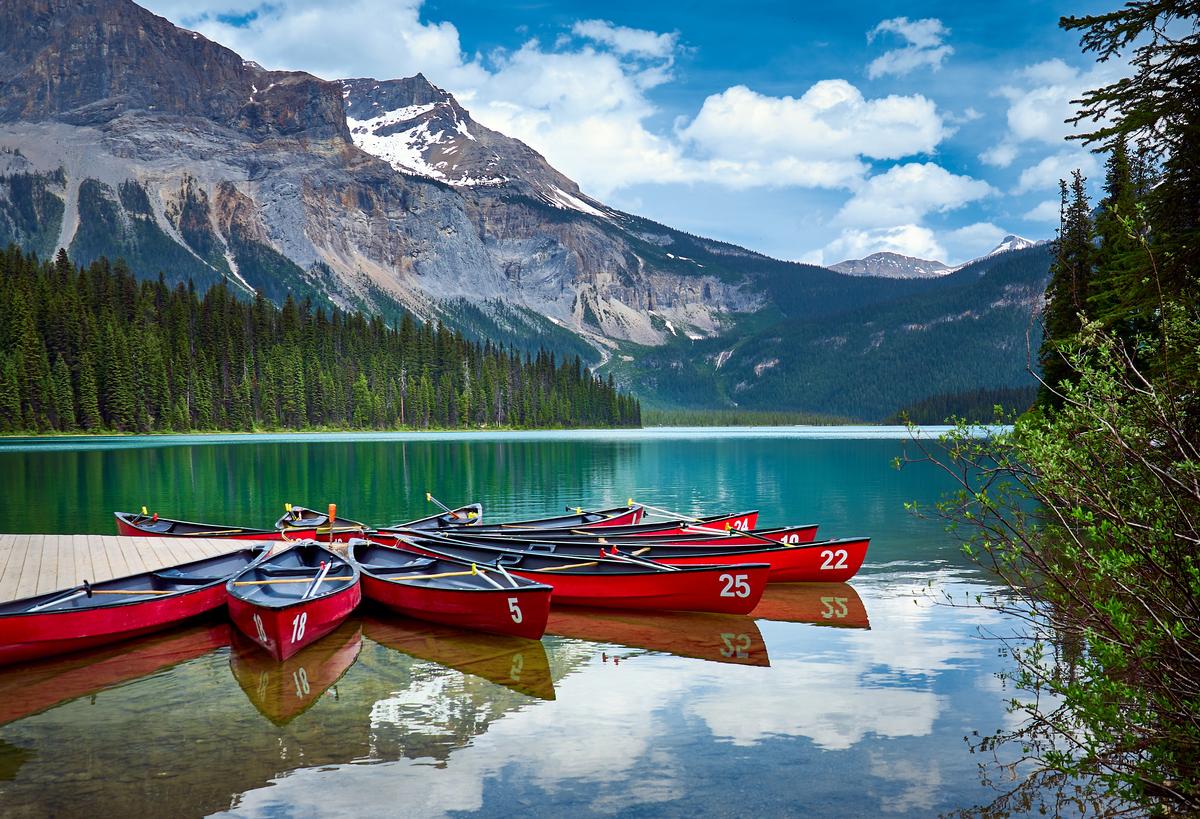
4. Golden, BC
This feels like one of the most unspoiled adventure hubs in British Columbia, and I think it’s one of the best mountain towns in Canada. We enjoyed glacier-fed rivers, wildlife sightings, and a relaxed small-town atmosphere.
Landing in Calgary, I drove west through the Rockies and soon settled into the cozy, romantic 3-star Best Western Mountainview Inn (around $95/night), my base for five mellow days filled with gondola rides, riverside picnics, and leisurely walks through Golden’s craft shops, inviting cafés, and the Spirit Square Farmers Market.
- Location: In southeastern British Columbia at the confluence of the Columbia and Kicking Horse Rivers, west of Yoho National Park and north of Glacier National Park (Canada)
- Location Map
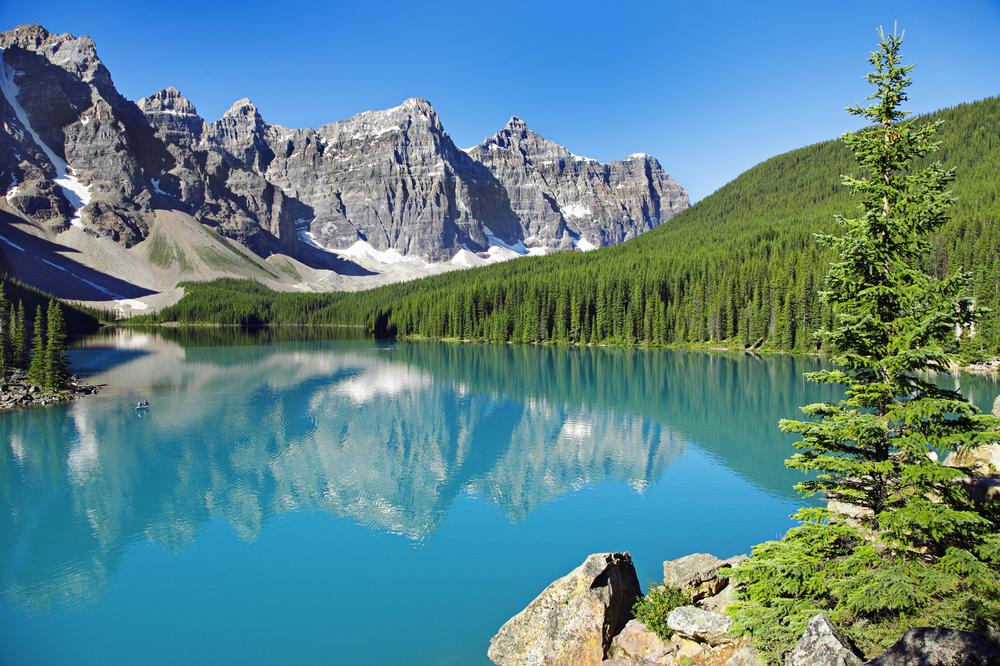
5. Lake Louise
This glacial lake, tucked deep within Banff National Park, is one of my favorite places when I want a mix of scenery, serenity, and adventure.
This was such a lovely month to visit this famous lake — crisp sunshine, turquoise waters just beginning to thaw, and snow-capped peaks reflected in mirror-like calm. It was just a 60-minute scenic drive from Golden to Lake Louise on a day trip.
- Location: In Banff National Park in the Canadian Rockies of Alberta, northwest of Banff and east of Yoho National Park
- Location Map
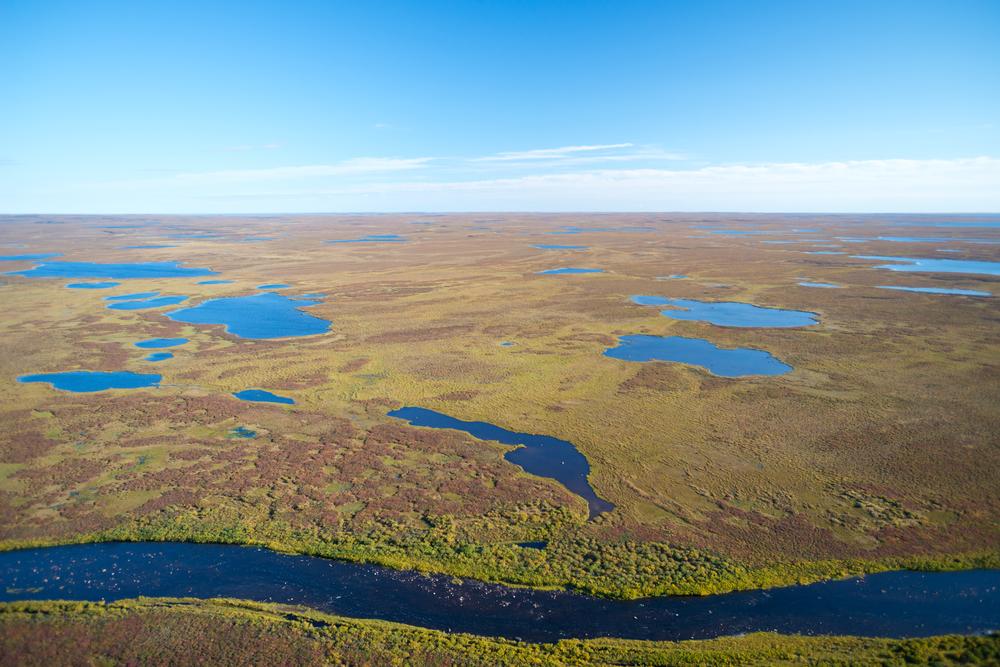
6. Nunavut
Stretching across the Canadian Arctic, Nunavut is one of the most unspoiled regions I’ve ever explored, and I think it’s one of the best destinations when I'm in the mood for raw, powerful nature.
Summer here was such a lovely month to visit this vast Arctic wonderland — long golden days under a soft midnight sun, wildflowers blooming across the tundra, and calm, ice-flecked waters dotted with drifting bergs.
Flying north from Ottawa into Iqaluit, I settled into the welcoming 3-star Frobisher Inn, my cozy base for five unforgettable days filled with hikes along Sylvia Grinnell River, guided boat rides past sculpted ice and playful seals, and quiet evenings spent beneath skies that never darkened.
- Location: In northern Canada, spanning much of the Canadian Arctic Archipelago, east of the Northwest Territories and west of Greenland
- Location Map
Wandering through the Nunatta Sunakkutaangit Museum and chatting with carvers in their studios was my personal highlight. I felt the deep stillness and spirit of this place — a rare mix of warmth and wilderness that lingers long after you leave.
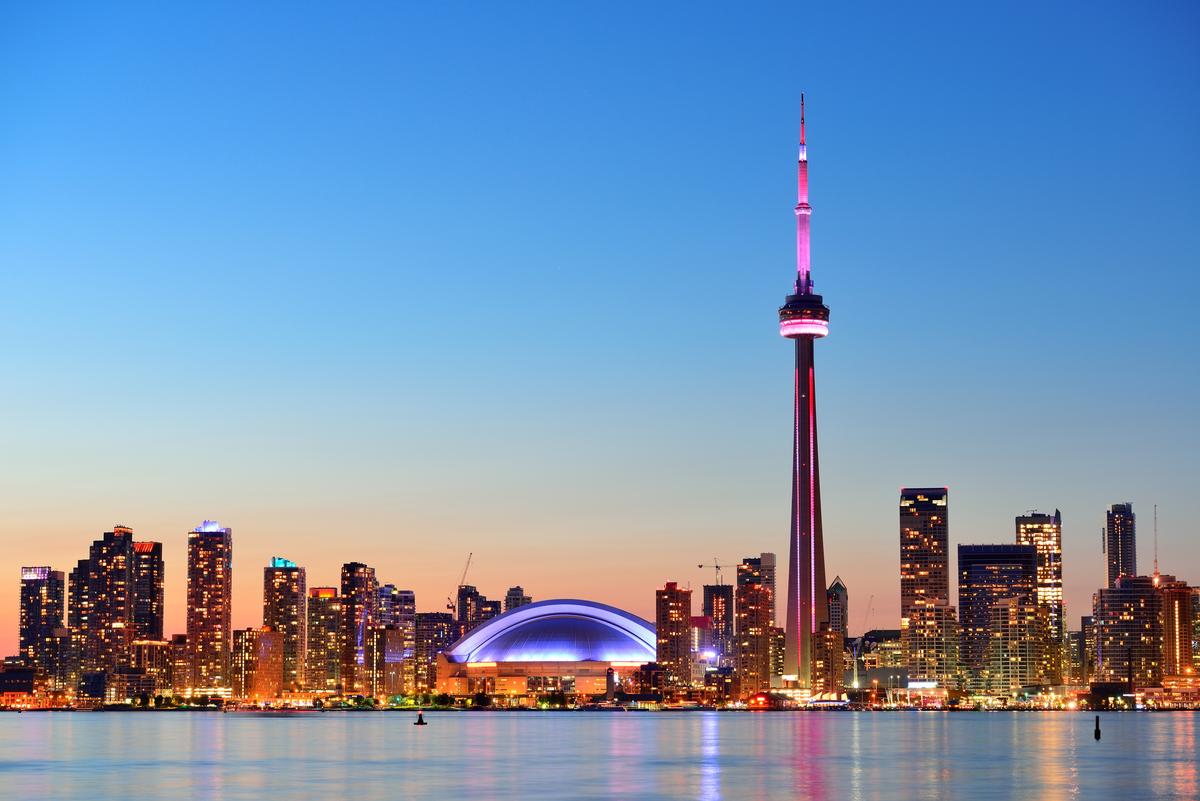
7. Toronto, Ontario
Toronto is one of my favorite cities to visit in North America because it blends lakefront beauty with great attractions and world-class food. In addition, it’s incredibly easy to get around by transit or on foot.
The city really came alive for me in June — patio season was in full swing, the waterfront sparkled under long golden evenings, and the city’s many festivals brought a contagious buzz to every neighborhood. With warm, sunny days and comfortably cool nights, it was the perfect time to explore Toronto’s unique downtown, parks, and scenic Lake Ontario shoreline before the heavy summer crowds and peak hotel rates arrived.
I flew into Pearson Airport and spent four lively days in a Corner guest room with a King bed at the 4-star Anndore House which was spacious and elegant.
During our visit, I enjoyed cycling along the Martin Goodman Trail, browsing vintage shops and street art in Kensington Market, and dining al fresco at Italian hotspot Terroni on Queen Street West. The weather was generally mild and sunny, though evenings could get breezy by the lake, so a light jacket came in handy!
Dinner Auberge du Pommier was incredible - I had delicious Atlantic salmon with celeriac rémoulade & kale.
- Location: In southern Ontario along the northwestern shore of Lake Ontario, southwest of Oshawa and north of the U.S. border at Niagara
- Location Map
My favorite highlight:
When we arrived I booked a 60-minute massage at Elmwood Spa which offers four floors of services and treatments, especially water therapy treatments.
One of the absolute best ways I’ve explored it is through Tasty Tours Toronto. I joined one of their guided food adventures, and it was pure joy from start to finish. We walked through neighborhoods like Kensington Market and Chinatown, sampling everything from decadent chocolates to unusual international treats.
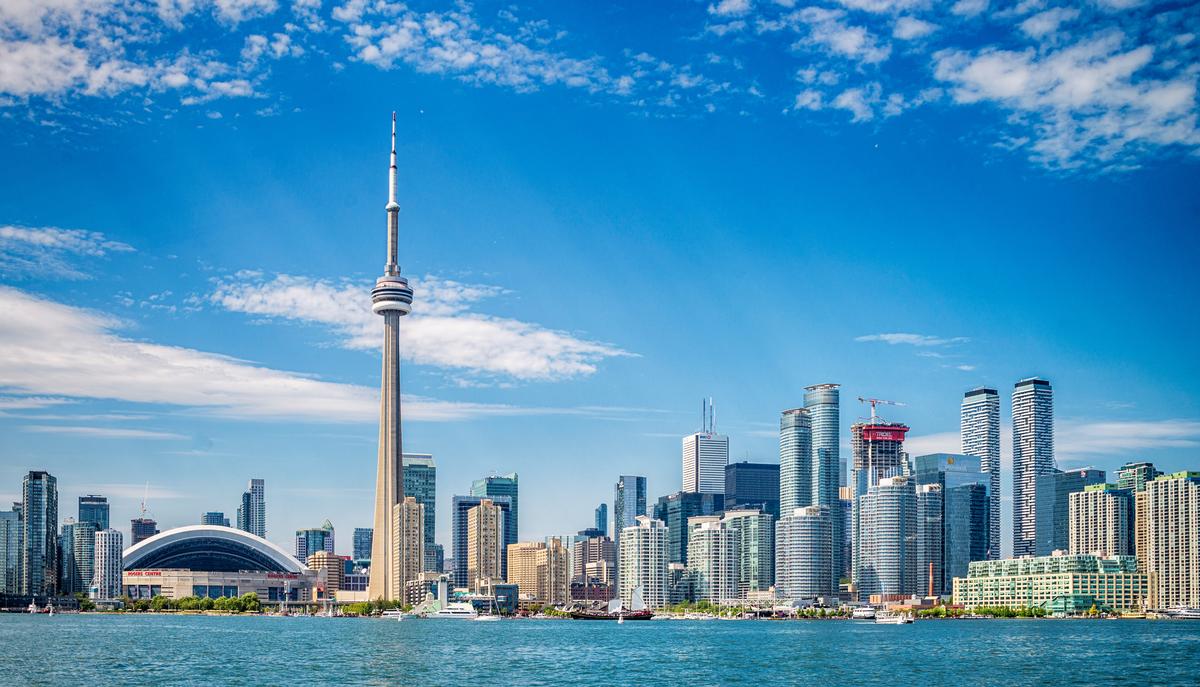
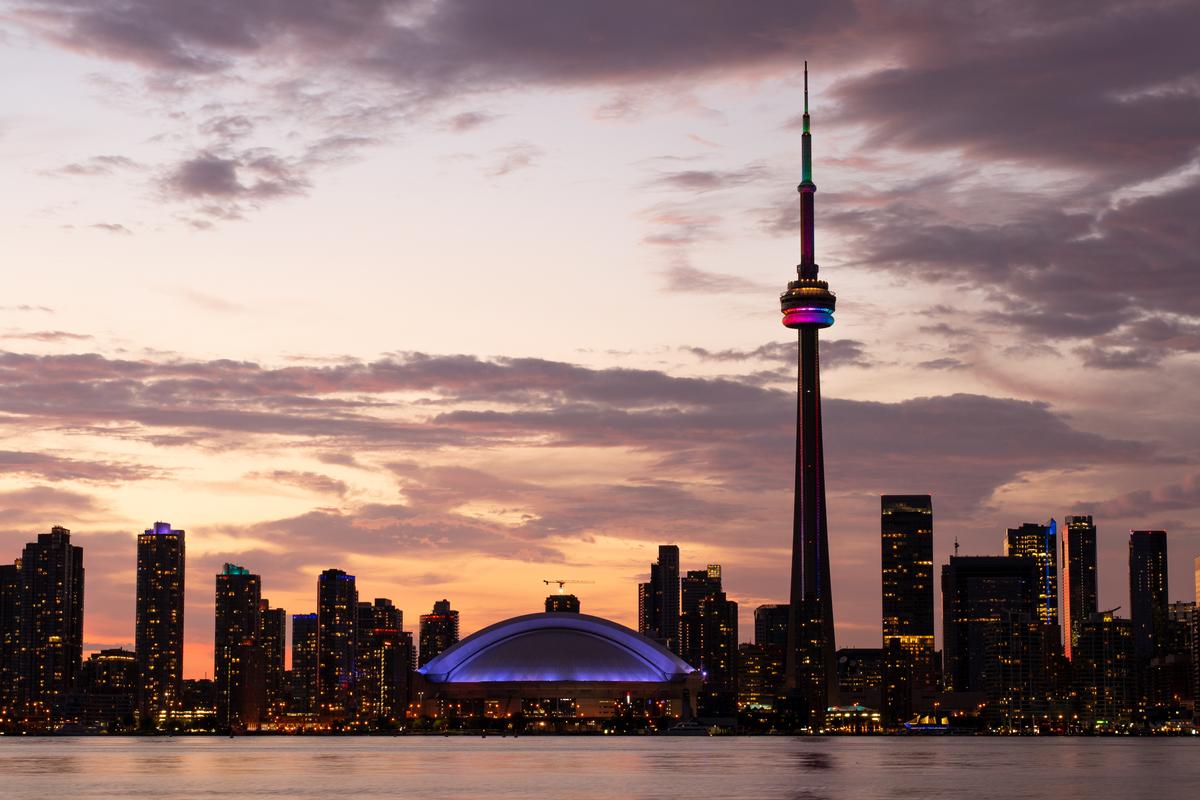

8. Calgary, Alberta, Canada
Ready for a history-rich, Western-inspired escape? Calgary is a standout! I loved learning about the city’s roots at Heritage Park, walking through historic neighborhoods, and exploring the markets.
A scenic 25-minute drive west along the Trans-Canada Highway brings you to rolling foothills that hint at the grandeur of Banff National Park. But within Calgary itself, I spent an easy afternoon exploring Stephen Avenue Walk with its heritage sandstone façades, lively patios, and street performers.
Later, I wandered along the East Village Riverwalk, pausing at cafés that overlook the Bow River before heading to Clay Oven Calgary, an inviting local favorite where the aromas of fresh naan and slow-simmered curries fill the air. Their butter chicken was perfectly balanced — rich, fragrant, and comforting — the kind of meal that makes you linger a little longer. I capped the evening with a nightcap at Hotel Le Germain, my beautifully designed stay steps from the Calgary Tower, where warm lighting and sleek décor reflected the city’s understated elegance.
- Location: In southern Alberta where the Bow and Elbow Rivers meet, east of the Rocky Mountains and north of Lethbridge
- Location Map
This city is a paradise for foodies with restaurants like River Café, Ten Foot Henry, JOEY Eau Claire, Minas Brazilian Steakhouse and Native Tongues Taqueria.
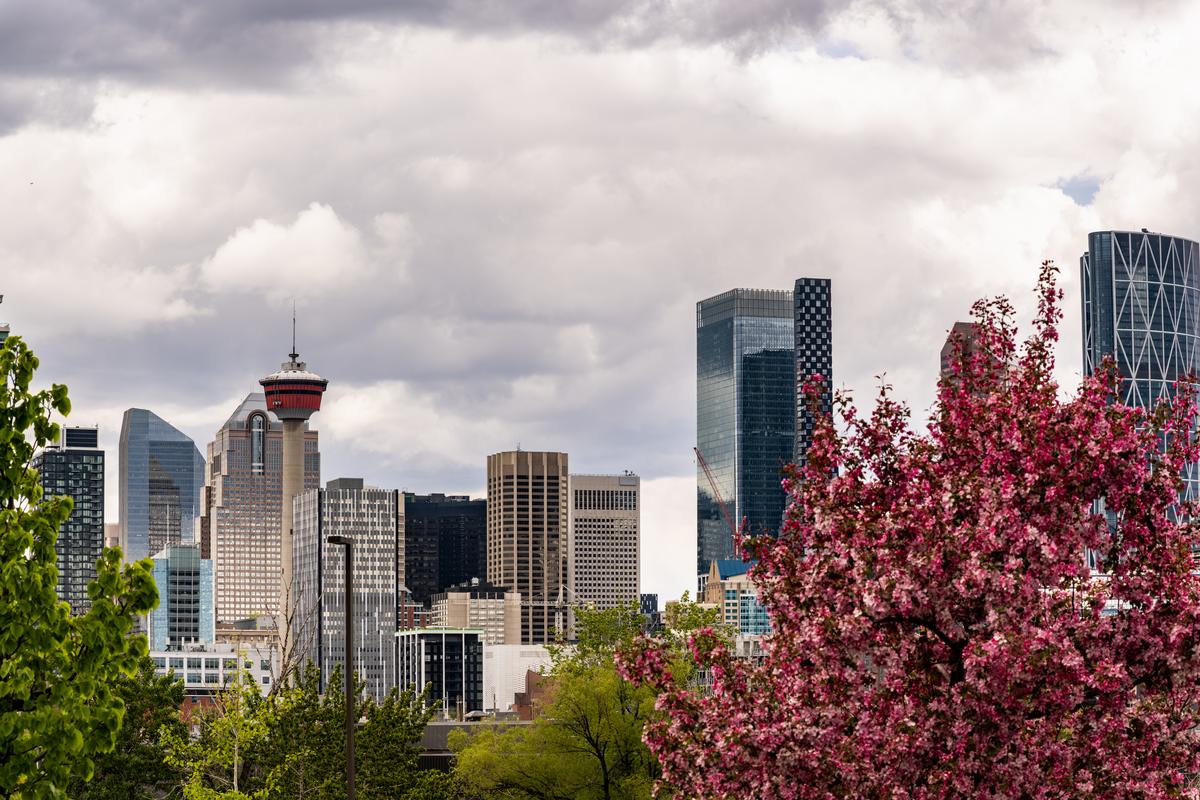

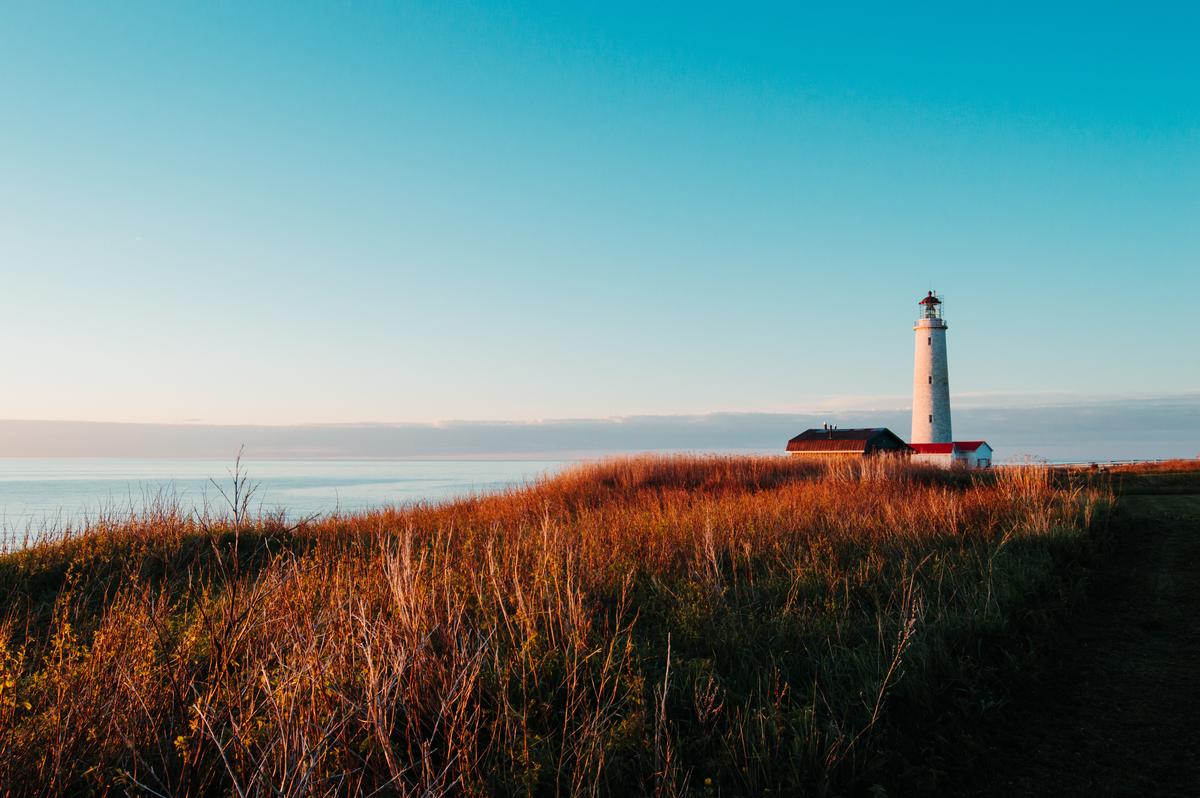
9. Forillon National Park
This coastal national park, tucked into the tip of the Gaspé Peninsula, is one of my favorite destinations when I want a mix of dramatic landscapes, wildlife encounters, and peaceful trails. I was completely charmed by how wild and remote Forillon National Park felt, where dense forests met dramatic ocean views and seals basked in the sun along rocky shores.
- Location: At the eastern tip of Quebec’s Gaspé Peninsula, where the St. Lawrence River meets the Gulf of St. Lawrence, northeast of Gaspé
- Location Map
I drove up the scenic Gaspé Peninsula and spent two days at 4-star Baker Hotel in Gaspé hiking panoramic coastal trails (Les Graves and Mont-Saint-Alban), sea kayaking alongside curious seals, and exploring hidden coves where whales sometimes surfaced offshore.
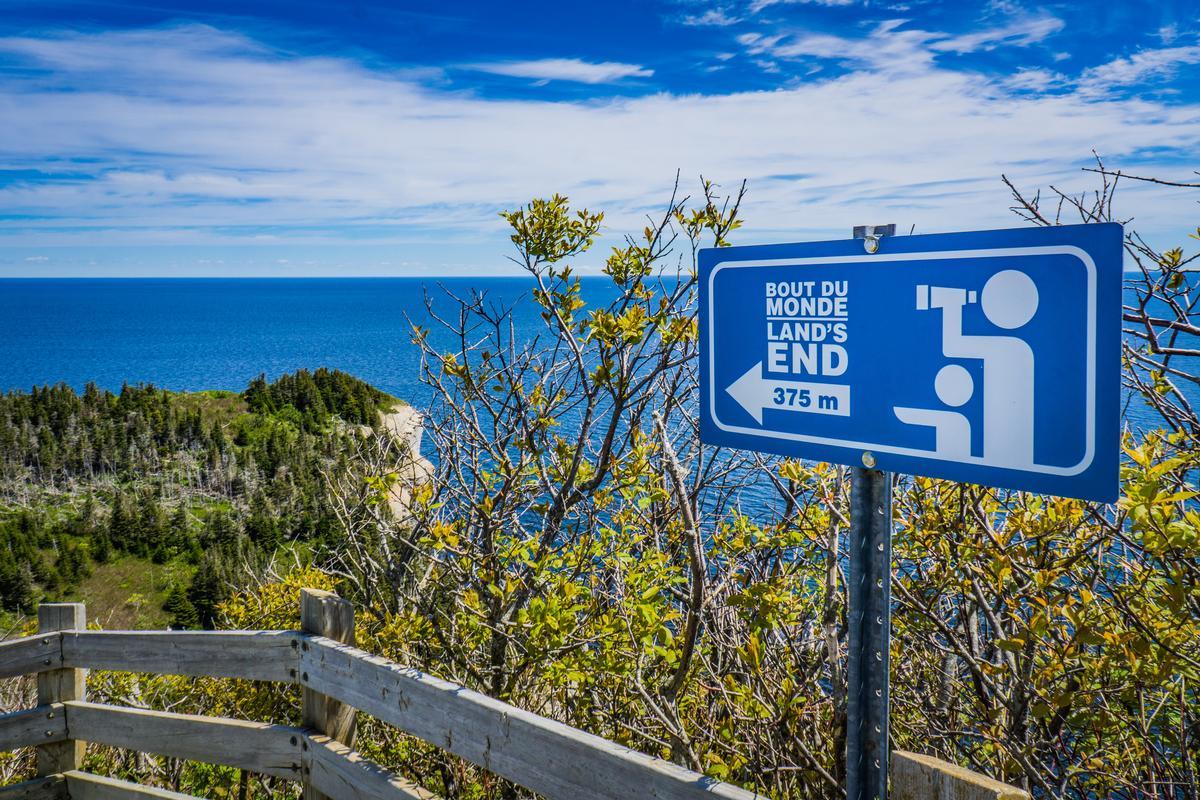
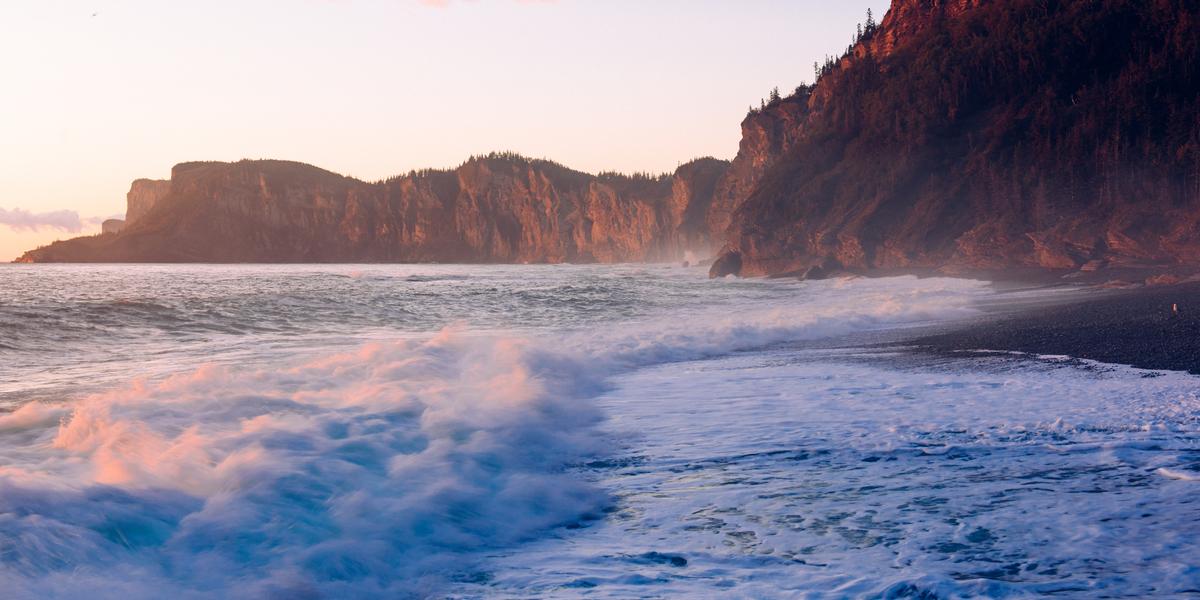
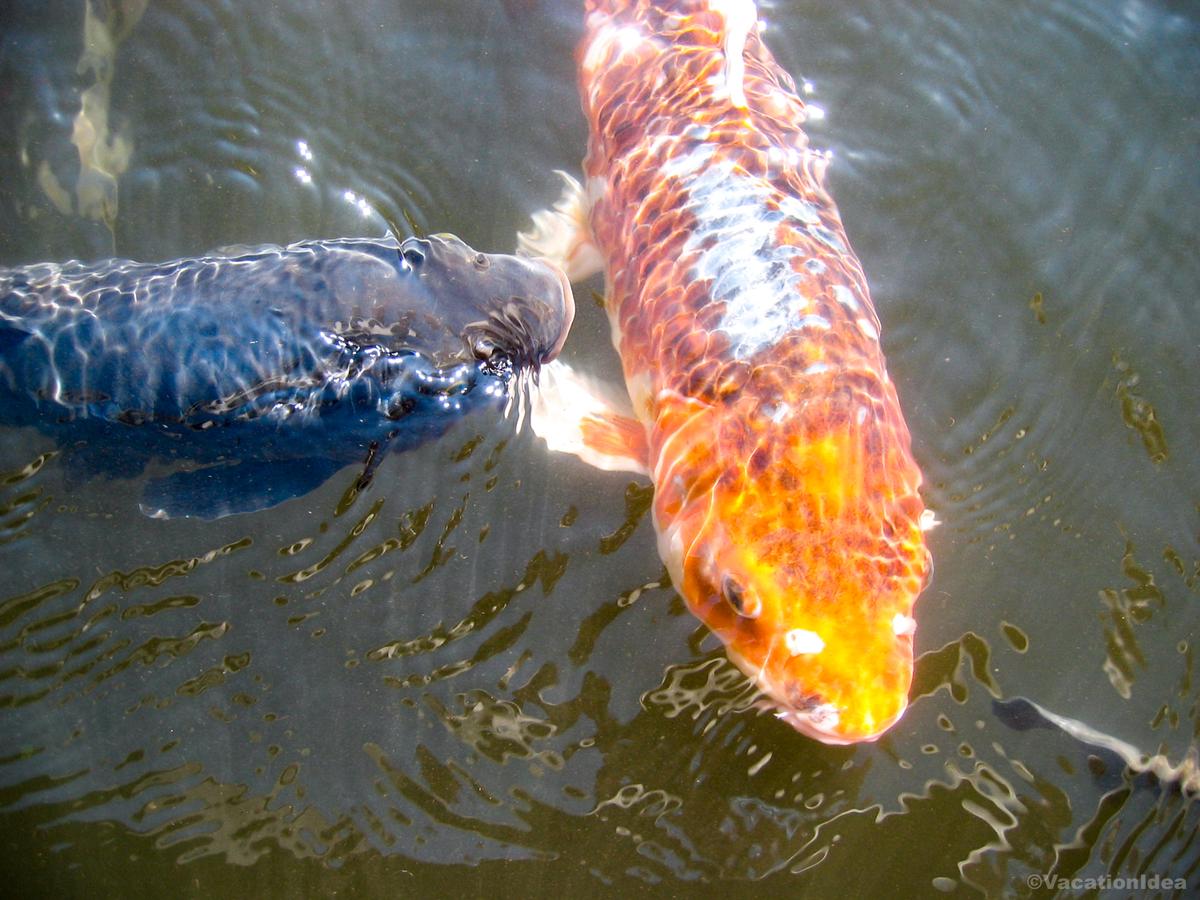
10. Vancouver, Canada
Stretching between the Pacific Ocean and the North Shore Mountains, Vancouver feels like one of the most unspoiled urban landscapes in North America. We loved the beaches, forests, restaurants, scenic seawalls, and a relaxed West Coast vibe.
Landing at YVR, we soon checked into the chic 5-star Loden Hotel, my home base for two days where downtown hums with creativity with glass towers, cafés, cyclists weaving along the seawall—yet just a few minutes away, you can step into a place that feels completely removed from the city’s pulse. For me, that place is the Dr. Sun Yat-Sen Classical Chinese Garden, tucked within the heart of Chinatown.
- Location: On the southwestern coast of British Columbia along the Strait of Georgia, north of Richmond and south of North Vancouver
- Location Map
For me, Vancouver is one of the best places to visit in Canada because it offers unique attractions, and hope you will love it too!
But the city’s charm doesn’t end in stillness—it thrives in its creative, flavorful energy too. After exploring the gardens, I joined Vancouver Brewery Tours where each stop revealed a different side of the city’s personality—innovative, communal, and full of character.

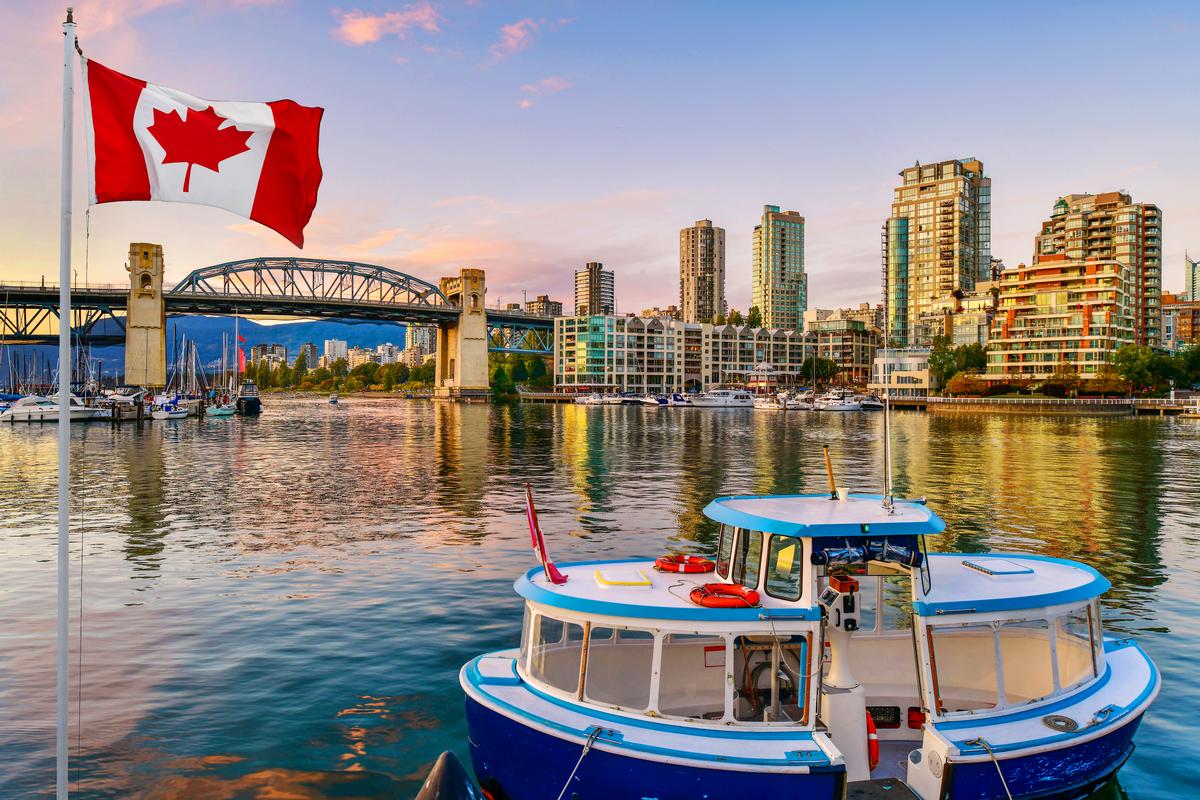

Booking Checklist
1. Book Your Flight - I use Expedia because I like their mobile app with my itinerary. They've helped me re-book flights on many occasions. Once you reach their Gold tier, support is especially good.
2. Book Your Hotel - I use Booking.com or Expedia, depending on my destination.
3. Book Your Rental Car - I use Expedia.
4. Book your tours on Viator or Get Your Guide.
5. If you are planning to visit more than three national parks in the next 12 months, buy the America the Beautiful Pass.
